Space
Sign up for our newsletter
We summarize the week's scientific breakthroughs every Thursday.
-
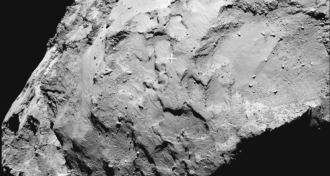 Planetary Science
Planetary ScienceSpot on comet chosen for Rosetta mission lander
Philae, the Rosetta mission lander, will attempt to land on a spot called site J on comet 67P/Churyumov–Gerasimenko.
-
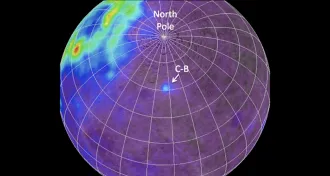 Planetary Science
Planetary ScienceMoon’s farside hints at violent volcanic explosions
The spread of the element thorium in the moon's Compton-Belkovich region suggests that silica volcanoes there once had violent explosions.
-
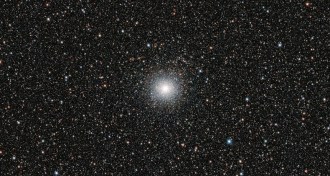 Astronomy
AstronomyMystery of missing lithium extends beyond Milky Way
Stars in cluster Messier 54, part of a nearby dwarf galaxy, have just as little lithium as stars in the Milky Way, suggesting that the mystery of the missing element is universal.
-
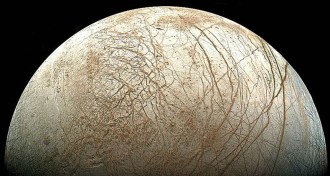 Planetary Science
Planetary SciencePlate tectonics spotted on Europa
First evidence for plate tectonics elsewhere in solar system discovered on Jupiter’s icy moon Europa.
-
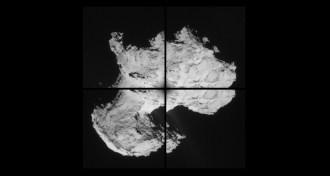 Astronomy
AstronomyRosetta’s comet shows few signs of surface ice
The first data sent back from one instrument aboard the Rosetta spacecraft suggests that comet 67P/Churyumov-Gerasimenko has little surface ice.
-
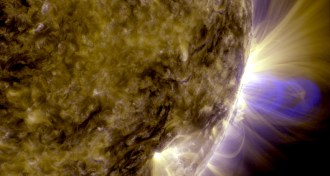 Astronomy
AstronomyPlasma corkscrews form on sun during stellar eruption
Coronal mass ejection creates twisted loop in sun’s magnetic field.
-
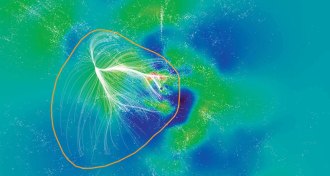 Astronomy
AstronomyMilky Way connected to a vast network of galaxies
The Milky Way galaxy lives on the outer edge of a newly discovered supercluster of galaxies named Laniakea that is 520 million light-years across.
-
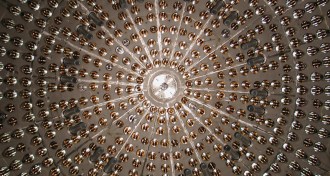 Astronomy
AstronomySubatomic particles give glimpse into sun’s core
For the first time, a subterranean detector has captured neutrinos generated in the main nuclear reactions that power the sun.
-
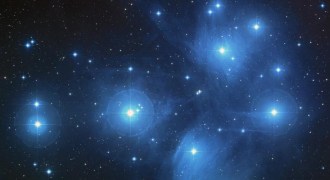 Astronomy
AstronomyPleiades star cluster is a bit farther away than thought
New observations might impact Gaia satellite’s mission to map the Milky Way.
-
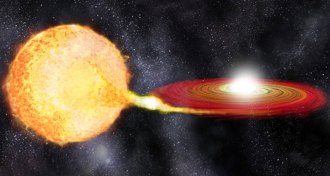 Astronomy
AstronomyWake of nearby supernova hints at explosion’s origins
Gamma rays from radioactive decay of cobalt formed in a nearby supernova reveal unprecedented details of the explosion’s aftermath.
-
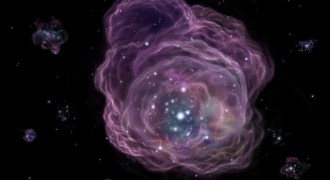 Astronomy
AstronomyChemical signature of first-generation star found
The unusual balance of elements in the atmosphere of a star most likely came from the explosion of another star more than 100 times as massive as the sun.
-
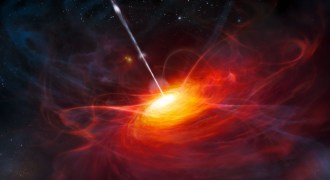 Astronomy
AstronomyDistance to quasars debated
Some astronomers thought quasars were buzzing around our galaxy; turns out these starlike objects live on the other side of the universe.